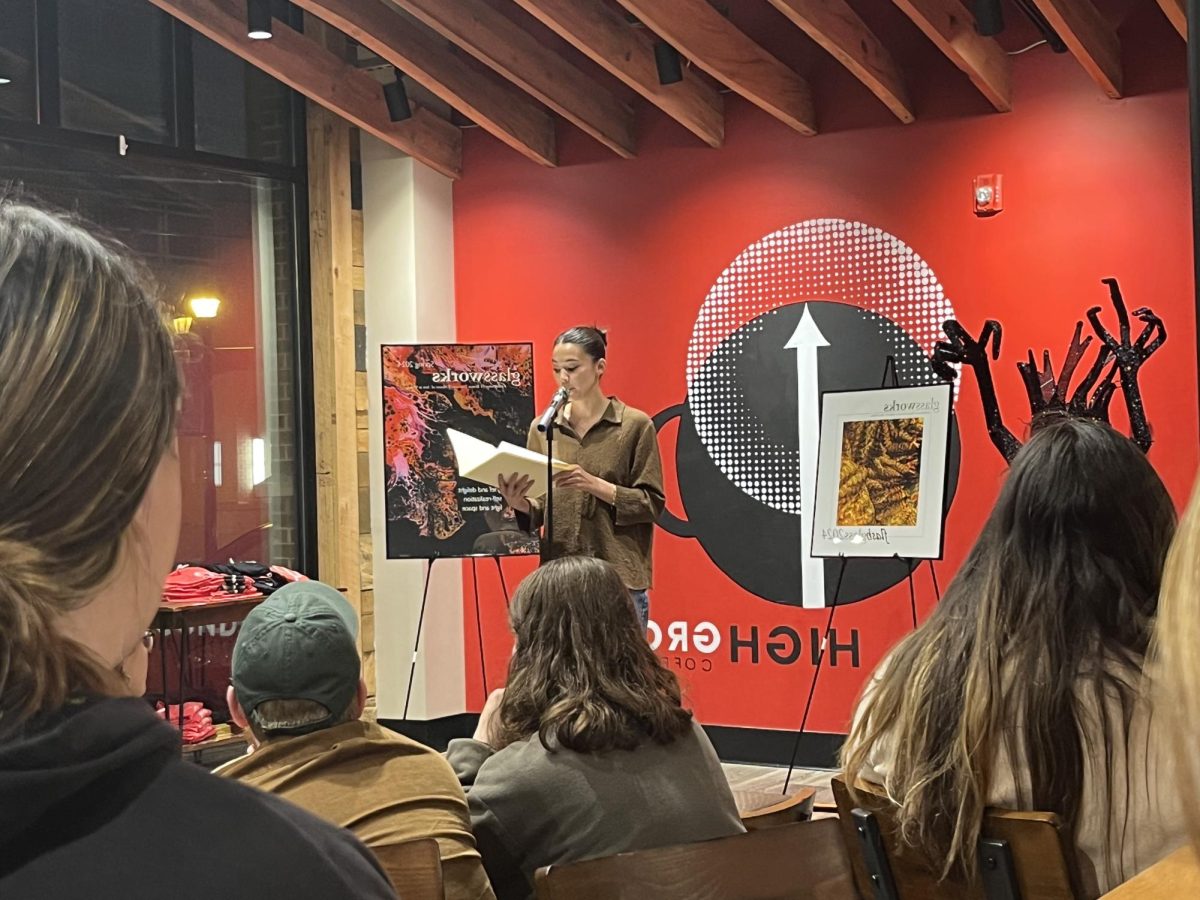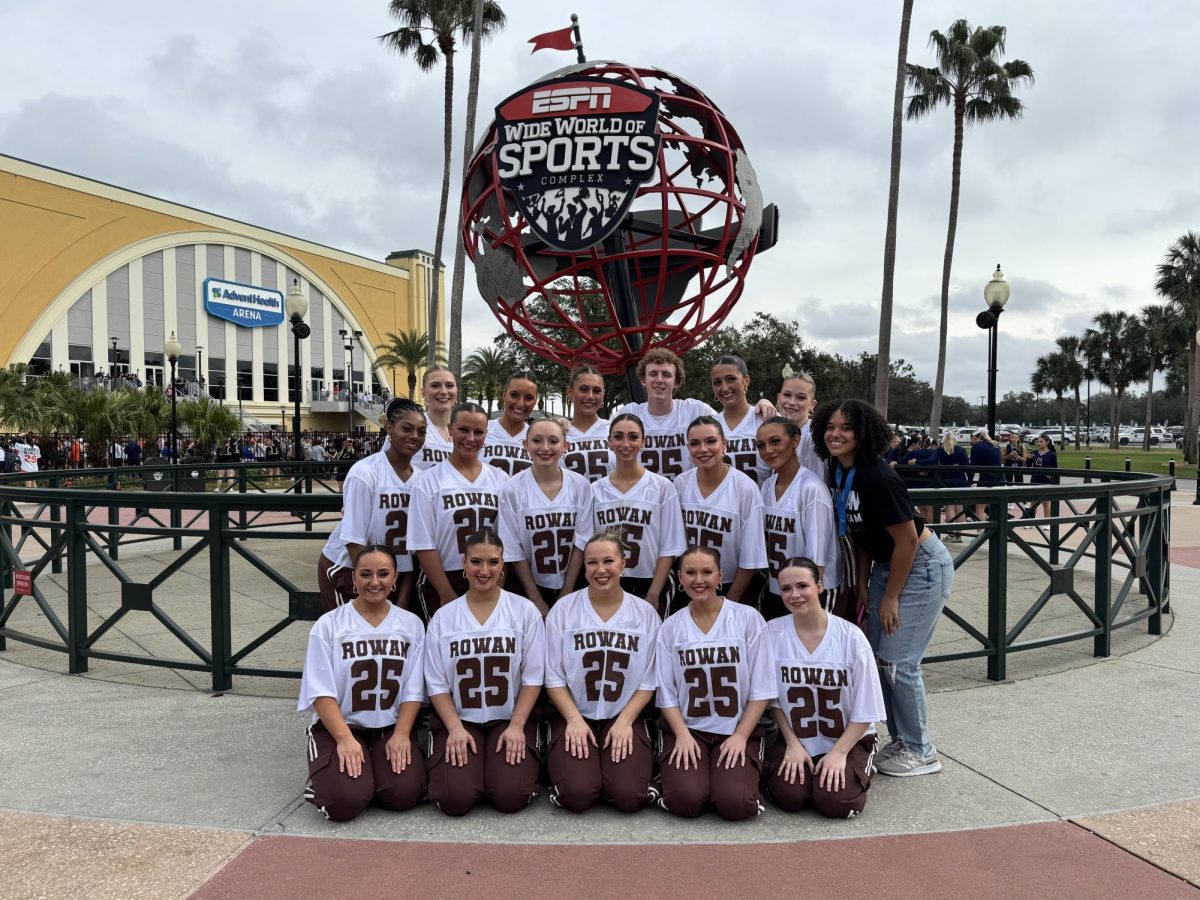In 2022 an average of 22 teenagers ages 14 to 18 died from an overdose each week in the United States. This number has been steadily on the rise since 2015, hitting a peak in 2019. This is not because adolescents are participating in deadlier drug use, but because of the rapid escalation of fentanyl being produced and sold on the streets. According to the CDC, 86% of adolescents who died from a fentanyl overdose between July 2019 and December 2021 had never experienced an overdose. One of these statistics happened to be a Rowan College of South Jersey student who died from fentanyl poisoning in February of 2021.
Justin “JJ” Julius Niederman passed away at the age of 19. He was a devoted student, hard worker, friend, brother, and son. Tanya Niederman, his mother, said he was an active, social kid with an infectious laugh who loved to go fishing and play street hockey. JJ consumed what he most likely believed to be cocaine, but was later found to be primarily fentanyl.
“The way that I describe it is it was fentanyl with a little bit of cocaine dusted into it. So, imagine there was a line of salt and there’s a couple flecks of pepper. The cocaine was flecks of pepper. So essentially, he had enough fentanyl in his body to kill 30 people,” Tanya Niederman said.
The number one cause of death in New Jersey alone in 2022 was accidental overdose in people under the age of 40. Accidental overdose is the number one cause of death for people under 40 in 37 states. In 2022, 80.4% of people under the age of 40 died from an overdose in New Jersey according to data from the Department of Health. 2,497 of those deaths happened due to fentanyl and analogue drugs which are chemically similar to illegal narcotics but can be obtained with a valid prescription. These drugs include Vicodin, Xanax, Adderall, Percocet, Valium, and oxycontin, all of which are being reproduced on the street with fentanyl as an added ingredient.
According to the United States Drug Enforcement Administration (DEA), fentanyl is a synthetic opioid that is used to treat patients with severe pain after surgery. It is similar to morphine, but about 100 times stronger. Fentanyl is being manufactured and sold illegally on the streets and is typically mixed in with substances such as cocaine, heroin, and methamphetamine or pressed into pills that resemble prescription opioids.
Fentanyl is potent, low cost, and unstable, so just two milligrams can be lethal depending on the person’s body size, tolerance, and past usage. The DEA has found counterfeit pills containing .02 to 5.1 milligrams of fentanyl per tablet, which is more than twice the lethal dose. In 2022, 6 out of 10 counterfeit prescription pills tested by the DEA contained potentially lethal amounts of fentanyl. This is an increase from 2021 when the DEA determined that 4 out of 10 pills contained potentially lethal doses of fentanyl.
Around eight months after JJ had passed, Tanya began working with the Camden County Fentanyl Awareness Campaign. As part of her work, she tells JJ’s story at events and speaks to students about the life-ending effects of fentanyl.
The Fentanyl Awareness Campaign is an educational campaign that was launched in December 2021 by the Camden County Commissioners, the Camden County Addiction Awareness Task Force, social service providers, community advocates, and law enforcement.
“The campaign was created because the prevalence of fentanyl has been skyrocketing over the last few years, causing fatal overdoses to soar regionally, statewide, and nationally. Just before launching the campaign, in Camden County, a review of overdose fatalities revealed 70% of victims had fentanyl in their toxicology screens,” said Commissioner Director Louis Cappelli Jr.
Tanya had open conversations about drugs and alcohol with her son and knew he went to parties and had tried marijuana and alcohol before. She was shocked when she lost her son to drugs.
“The presence of fentanyl is impacting young people because we are seeing devastating instances where someone, who does not have a history of drug abuse or opioid dependency, will experiment with street drugs that are laced with fentanyl, resulting in overdose and sometimes, death,” Cappelli Jr. said. “It really is like playing Russian roulette because there is no way to know if the substance is laced with fentanyl, unless you use a test strip, and for many young people they don’t have access to these tools or they don’t think to use them because they don’t understand how deadly fentanyl is.”
One of the biggest parts of Niederman’s work with the Fentanyl Awareness Campaign is telling students that what happened to her son truly could have happened to anyone.
“You know the types of people that are consuming these drugs and a lot of times kids think that it can’t happen to them, like, ‘I don’t live in Camden,’ or, ‘I don’t live in a bad neighborhood’, or, ‘I don’t live anywhere near anyone who would do these things.’ And the reality is, it’s in our backyards, and in some cases our homes,” Niederman said.
While it can be difficult to reach the kids Niederman speaks to about fentanyl, she uses JJ’s story to hopefully prevent this from happening to them.
“I think that kids hearing that his friends carried his casket and that we had to pick out an outfit for him to wear in that casket, those are things that I think pull at their heartstrings and they really feel like they can relate to looking at his picture,” Niederman said. “Because the truth is, he looks like every other kid that you probably have come in contact with. He doesn’t look like a troublemaker. He doesn’t seem like the kind of kid who would have tried drugs or the kid who wasn’t working every day or all the stereotypes that we put on people who may have a drug problem or tried drugs before.”
Although this issue may seem far away, fentanyl and other narcotics of this nature have been found right on Rowan University’s campus. There are few documented cases of these types of illegal drugs on campus, but they can also be found in the surrounding Glassboro and Gloucester County areas.
The number of arrests regarding illegal narcotics has decreased on Rowan’s campus since 2019. Data from the Rowan police department shows that arrests regarding drugs such as cocaine, heroin, meth, and other opiates were 10 in 2019, two in 2020, zero in 2021, and six in both 2022 and 2023.
The Rowan police department was not able to share overdose statistics, but Lt. Rachel Baum said via email correspondence, “I can tell you that the majority of overdose calls that our officers are on [in which Narcan is utilized] occur off campus and are very infrequent on campus.”
The New Jersey Drug and Alcohol Substance Abuse overview by the Department of Human Services shows higher numbers for the above years in terms of substance abuse treatment in Glassboro. For instance, the total number of resident admissions in 2019 in Glassboro regarding alcohol, cocaine, heroin, opiates, marijuana, other drugs, and an unknown category was 256. This number was 232 in 2020, 230 in 2021, and 210 in 2022, the most recently reported year.
Data from the Department of Health shows the reported numbers of unintentional drug overdose deaths from the above substances and years. In Gloucester County, there were 161 overdoses in 2019, 143 in 2020, 132 in 2021, and 116 in 2022. Statewide there were 2,829 overdose deaths in 2019, 2,880 in 2020, 3,144 in 2021, and 3,054 in 2022. This data is collected from death certificates, medical examiner/coroner reports, and toxicology findings.
“We’ve had fewer arrests for these types of narcotics in recent years. Clery statistics such as campus drug referrals will still show higher numbers because those are still required to include marijuana,” said Baum.
While marijuana became legalized in New Jersey in 2021 for people 21 and over, it is still a federally illegal drug.
“Students who choose to use recreational marijuana off campus should be purchasing it from a licensed dispensary in order to avoid unknowingly using marijuana laced with another substance,” Baum said.
Baum also explained that narcotics are frequently and unknowingly laced with other substances, such as fentanyl.
“In my nearly 20 years at Rowan, I have seen marijuana, cocaine, various prescription drugs, LSD, methamphetamine, and fentanyl. While the Rowan Police have made arrests for heroin sales and possession, those incidents are almost always the result of an off-campus interaction,” Baum said.
Bob Logan, one of the counselors at the Wellness Center who handles substance use and abuse specifically, has been in the field for the last 25 years and has been at Rowan for the last 12 years. Logan said he has seen alcohol, cannabis, Adderall and other ADHD medication, Psilocybin, LSD, cocaine, cocaine cut with fentanyl, and other drugs at Rowan.
“Access to drugs has never been easier with the internet, social media, phone apps, etc. All college campuses in the US are a playground for drug activity; it’s an ideal market for the business of drugs. High demand- concentrated population,” Logan said.
In efforts to combat this issue in New Jersey, Governor Murphy introduced a program in January of 2023 that allows anyone over the age of 14 to obtain naloxone, or Narcan, anonymously and at no cost at participating pharmacies. Currently, there are 26 participating pharmacies in Gloucester County. To view the full list, click here.
Abigail Twiford, Rowan senior, recently visited two participating pharmacies to test how easy this process actually is.
“So, I went to the pharmacy I usually go to, and they were like, Oh yeah, what’s your name and all this stuff? I was like, Okay, this isn’t really how it’s supposed to go, but whatever. And then they said that they would need a $15 copay, which I figured isn’t that bad, whatever, I’ll deal with it, even though it wasn’t how this program was supposed to be going. And then my insurance rejected it,” Twiford said.
This didn’t stop her from trying to obtain the Narcan.
“So then I pulled up a different pharmacy, and they said, yeah, we have one just come in and that one was completely free. I just went in, they asked me to sign but they said I didn’t actually have to sign my name and then they just gave it off to me and gave me a sheet of instructions,” Twiford continued.
In January of 2024, a bill was passed by the Assembly Appropriations Committee requiring public and private higher education institutions in New Jersey to stock naloxone hydrochloride nasal spray in a secure and accessible place on campus and to develop a policy for responding to overdoses.
Rowan released their policy last June, which states that the Wellness Center is the primary liaison for the Narcan Distribution Program and that they are in charge of the inventory, storage, and reporting of the program. The policy, which can be found here on Rowan’s website, also states that public access to naloxone can be found in AED cabinets which are maintained by Rowan EMS. These cabinets are labeled with steps on how to administer naloxone. Additionally, students can request Narcan through the Wellness Center or the Rowan-Virtua SOM Employee and Student Health Office. However, individuals requesting a kit must attend an online or in-person training session.
Through the Fentanyl Awareness Campaign, members have installed emergency overdose kits containing Narcan in every school, public park, and county-owned building from Camden to Winslow Township. Additionally, they have trained officials in the community and bus drivers on how to administer Narcan.
Scott Woodside, the Assistant Vice President for community health and well-being at the Wellness Center spoke about the resources available to students on campus to address these issues.
“On campus, we launched the public access Narcan program making access to Narcan available with very simple education on use and emergency care. Also, Bob Logan and our team work closely with Residential Life on recovery and sober living on campus,” said Woodside. To view these resources, visit here.
Ryan Ems, Rowan senior and president of the Students for Sensible Drug Policy (SSDP), has been working with the Wellness Center to train the athletic teams on how to use Narcan, as well as creating a more informed campus on the resources readily available.
“Another thing that I’ve been wanting to work on is there’s no Narcan in the residence buildings…if they’re coming back from the dorms, or from the parties to the dorms, that makes sense to have Narcan available. I also want to pitch to try and have a Narcan module for the incoming freshmen. So basically the Wellness Center already has everything set up. I use their materials,” Ems said.
He also said that SSDP may be trying to introduce fentanyl testing strips, which are small strips of paper that can detect the presence of fentanyl in drugs such as cocaine, methamphetamine, heroin, and forms such as pills, powders, and injectables.
Niederman emphasized how differently young people today have to navigate the landscape of recreational drug use compared to her own time growing up.
“The truth is when I was a child, you make a mistake and you learn from it. Now kids are making mistakes and they’re dying from them…it wasn’t cocaine or marijuana or anything like that that was killing people. It was heroin or maybe even crack like those are the things that were prevalent when I was young,” Niederman said.
While JJ was typically always coming and going, the last time he saw his mom before he passed was different. Tanya recalls him hanging out, relaxing, and not being in any rush to move on to the next thing. She even questioned him about it, asking him if he had anything he needed to tell her.
“In hindsight, I really think that he just needed mom time. It was a great visit…I gave him a hug and a kiss and I told him I loved him. And he said as he walked out the door, ‘I love you too. I’ll be back.’ And that was the last time I ever saw him,” Niederman said
Although there is heavy stigmatization around drug use, Niederman emphasizes the kind of choice JJ believed he was making that night.
“He made a choice that night but he didn’t make a choice to die,” Niederman said.
Through all of the pain and the heartbreak, Niederman recognizes the importance of her work and sharing JJ’s life with others.
“And beyond all that trying to save someone’s life, I feel like it’s turning pain into purpose. I truly wish that there was something that we could have done. But we couldn’t so that’s why we do what we do now. To try to save someone else,” Niederman said.
For comments/questions about this story DM us on Instagram @thewhitatrowan or email thewhit.newseditor@gmail.com







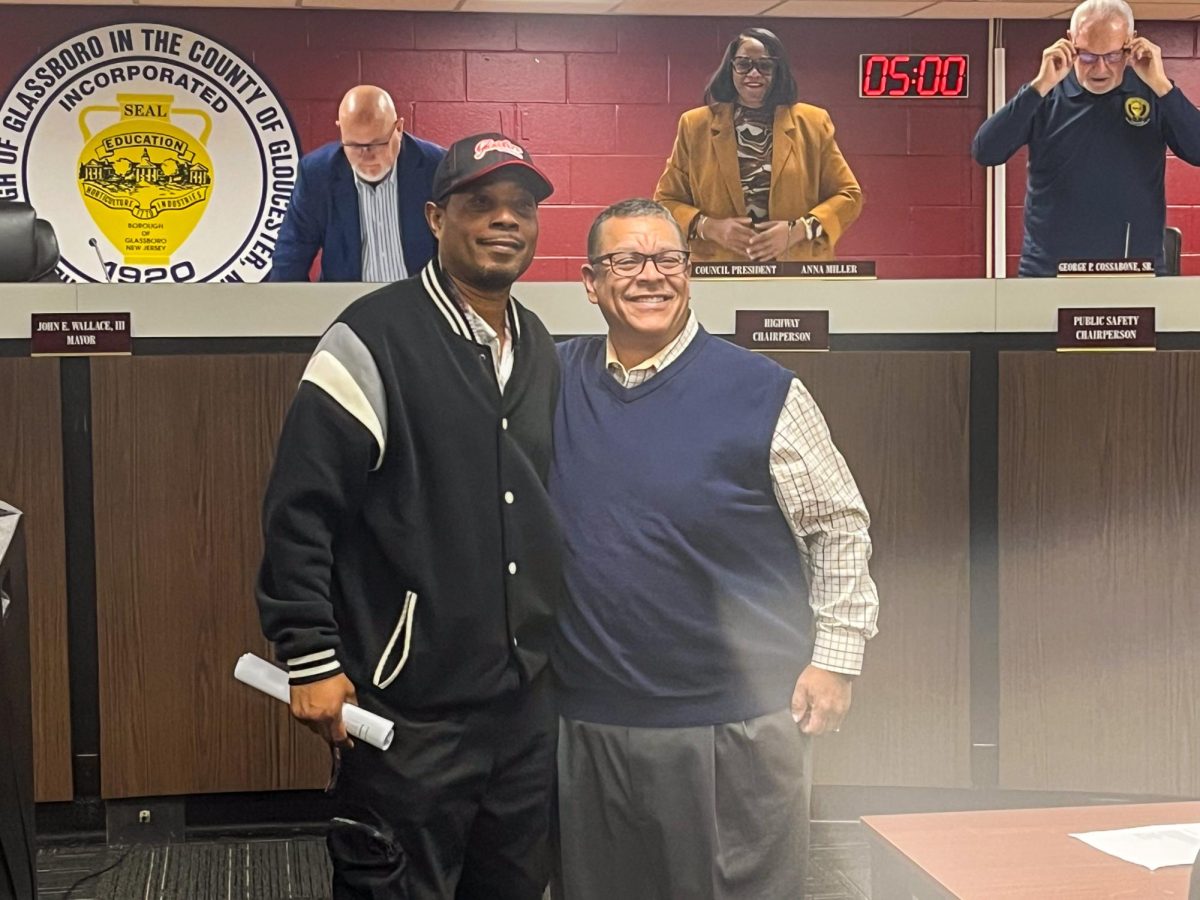
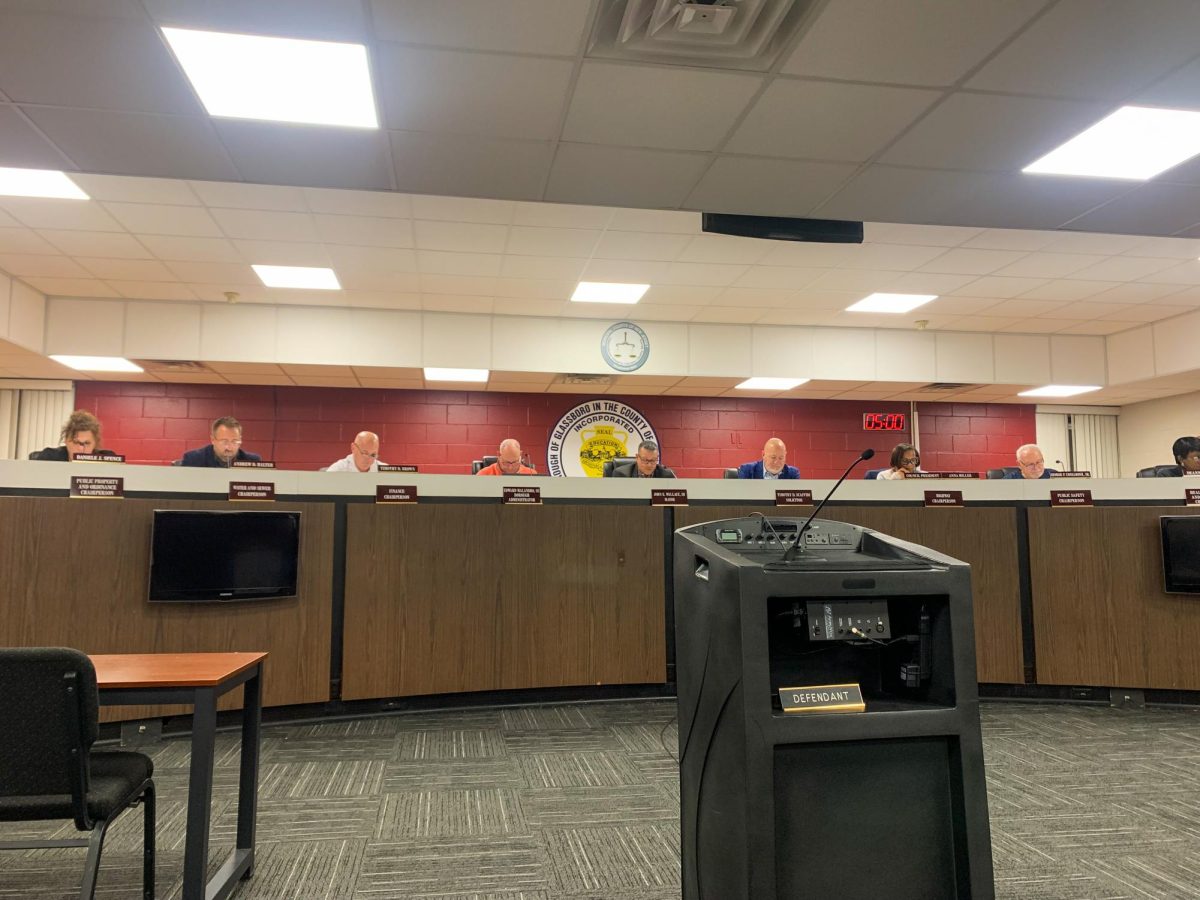






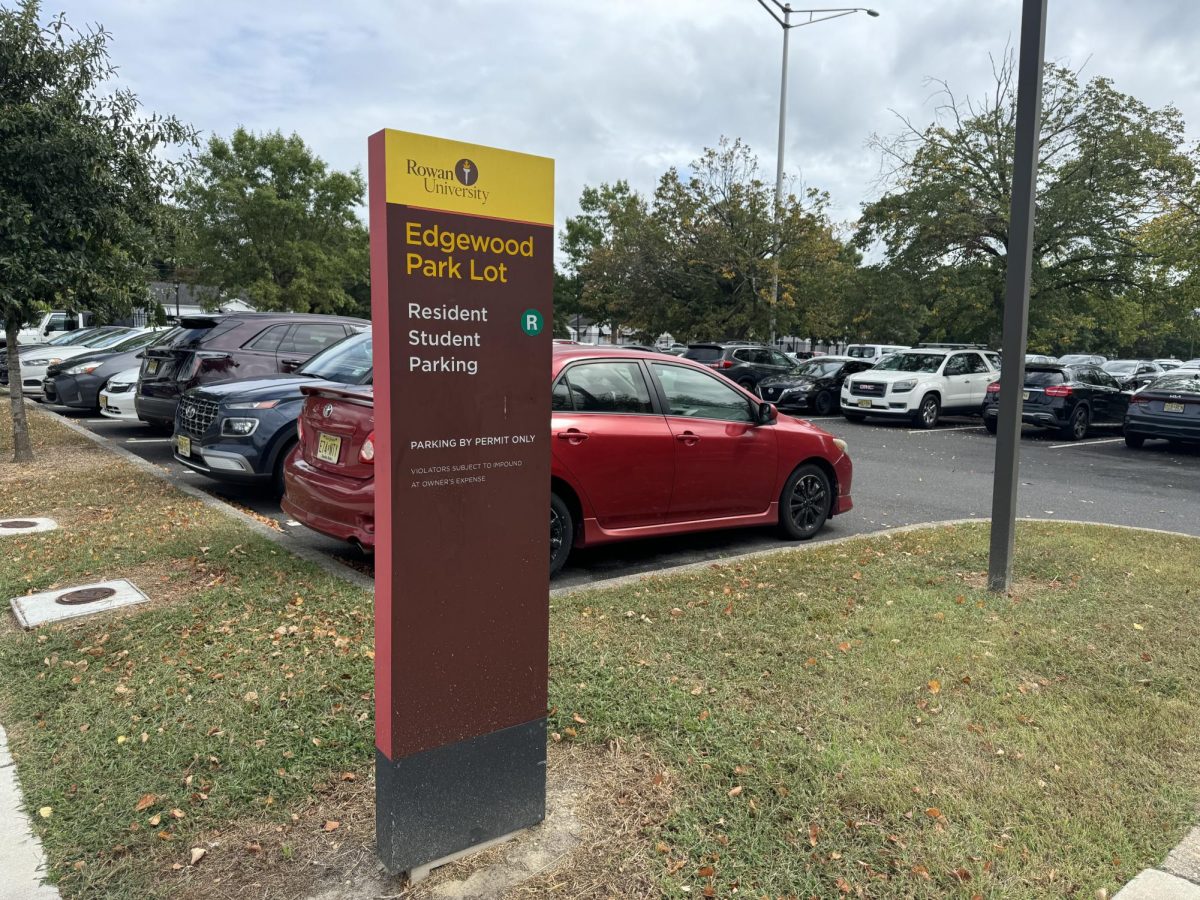


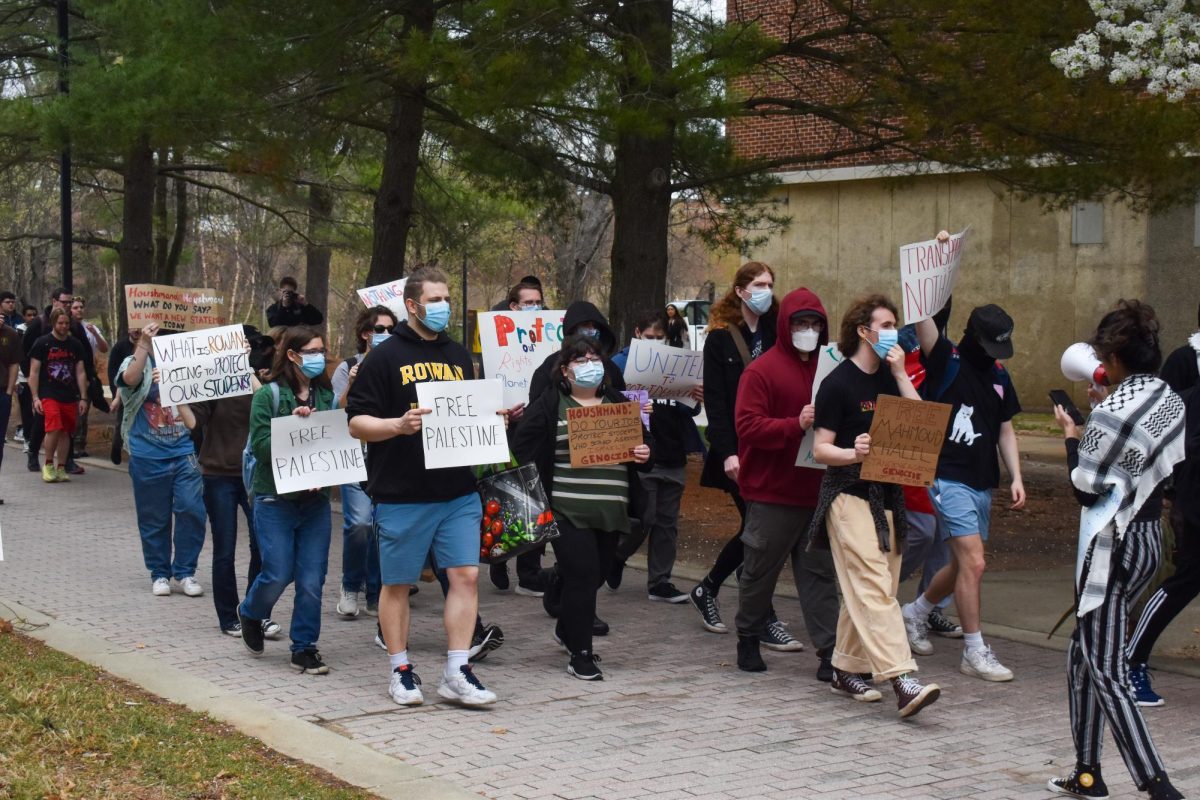



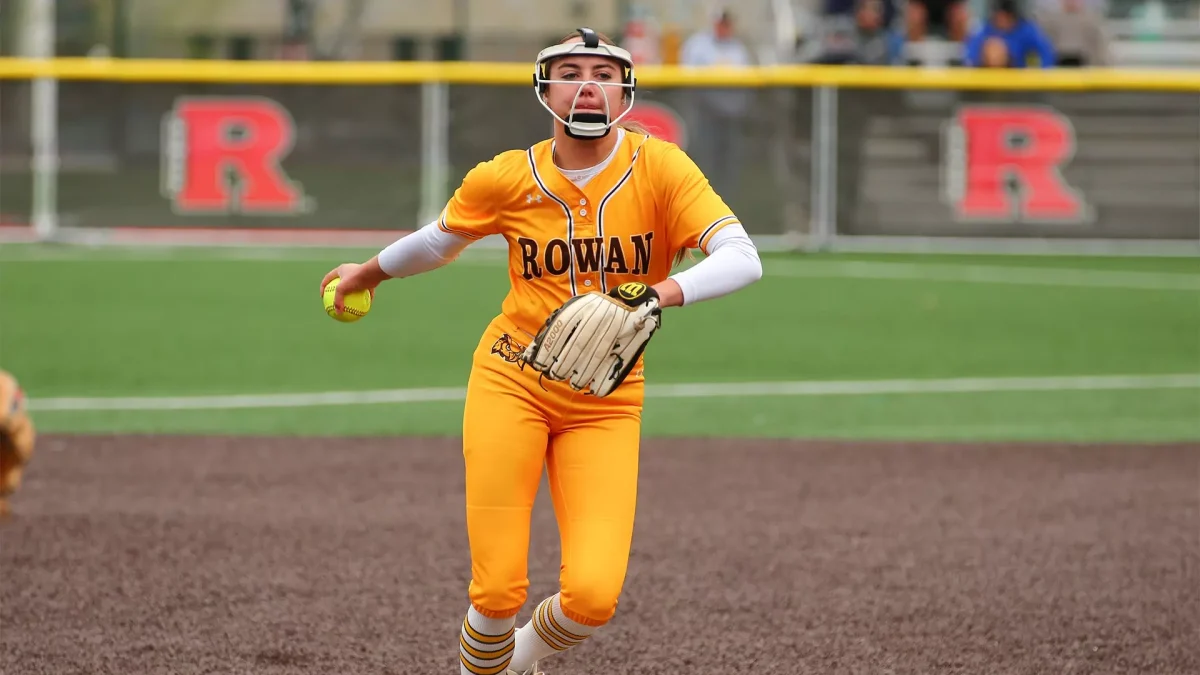









































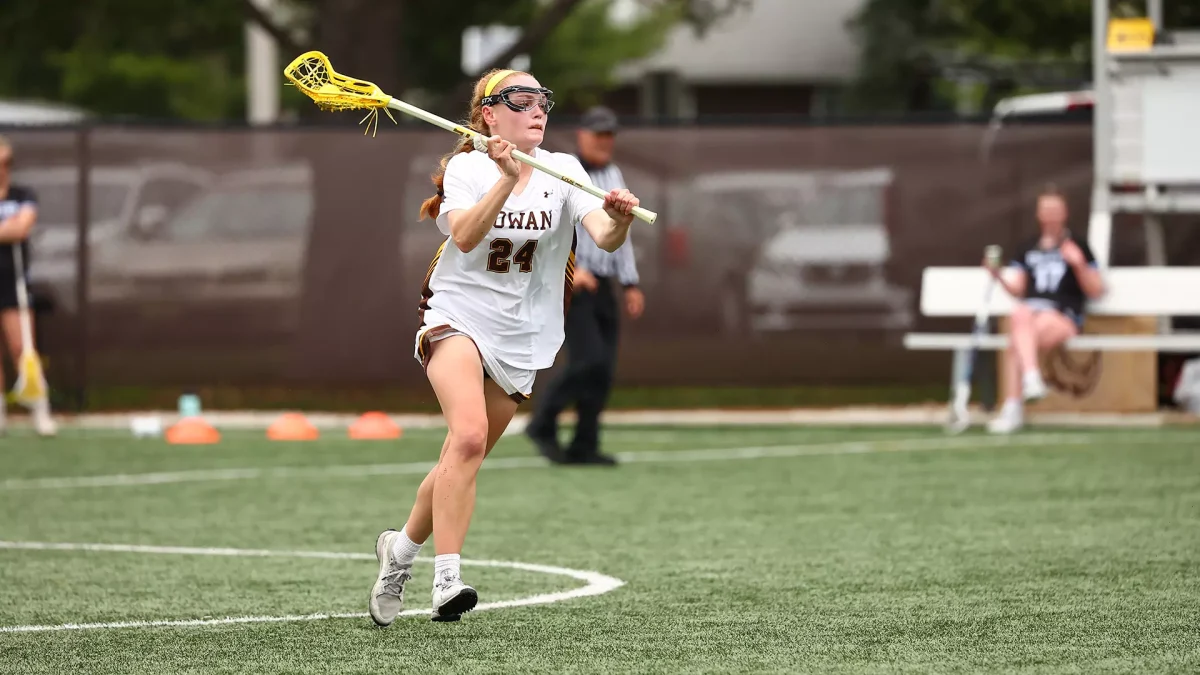
























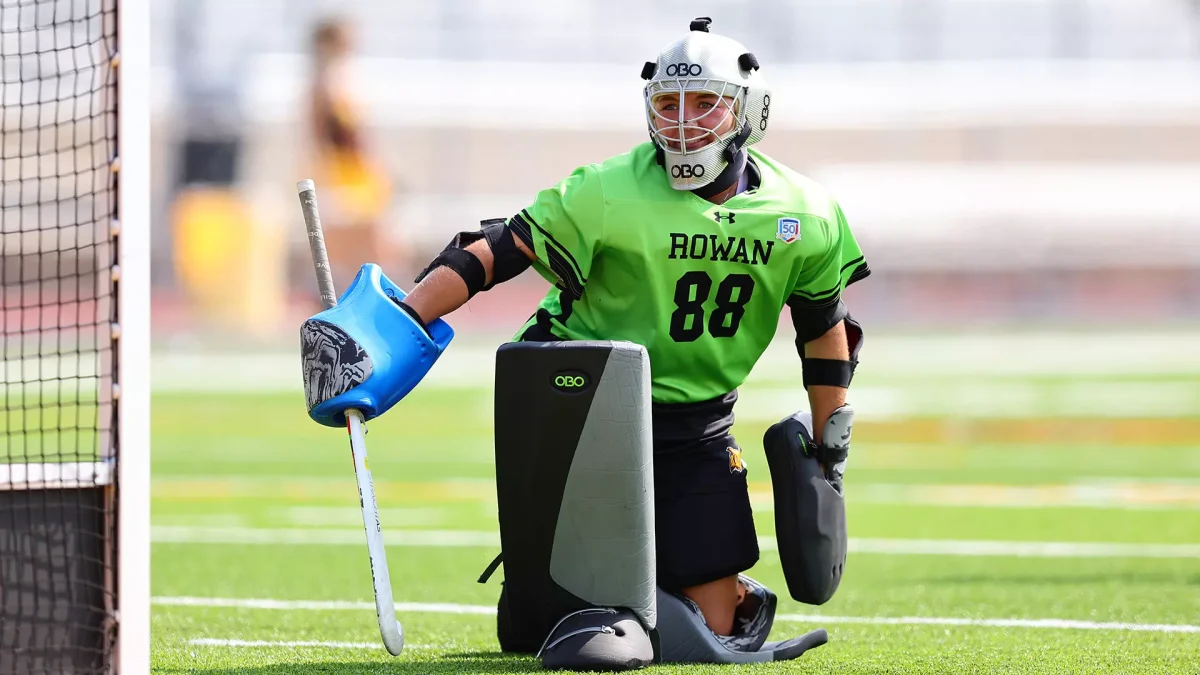










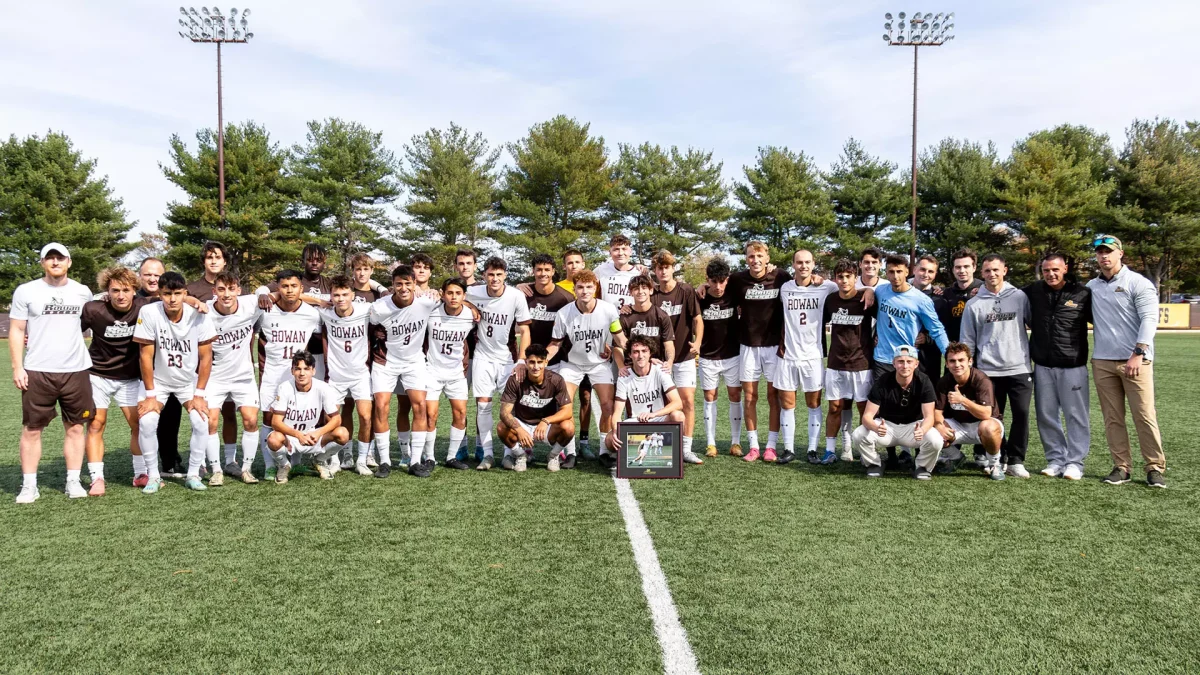














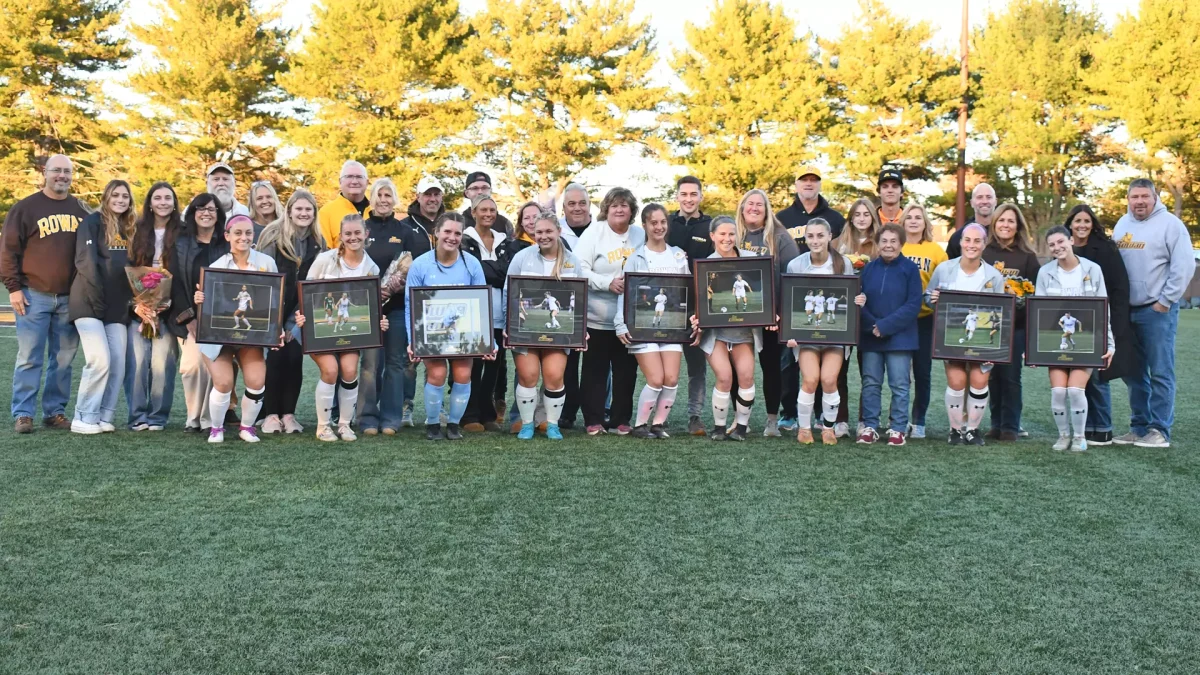









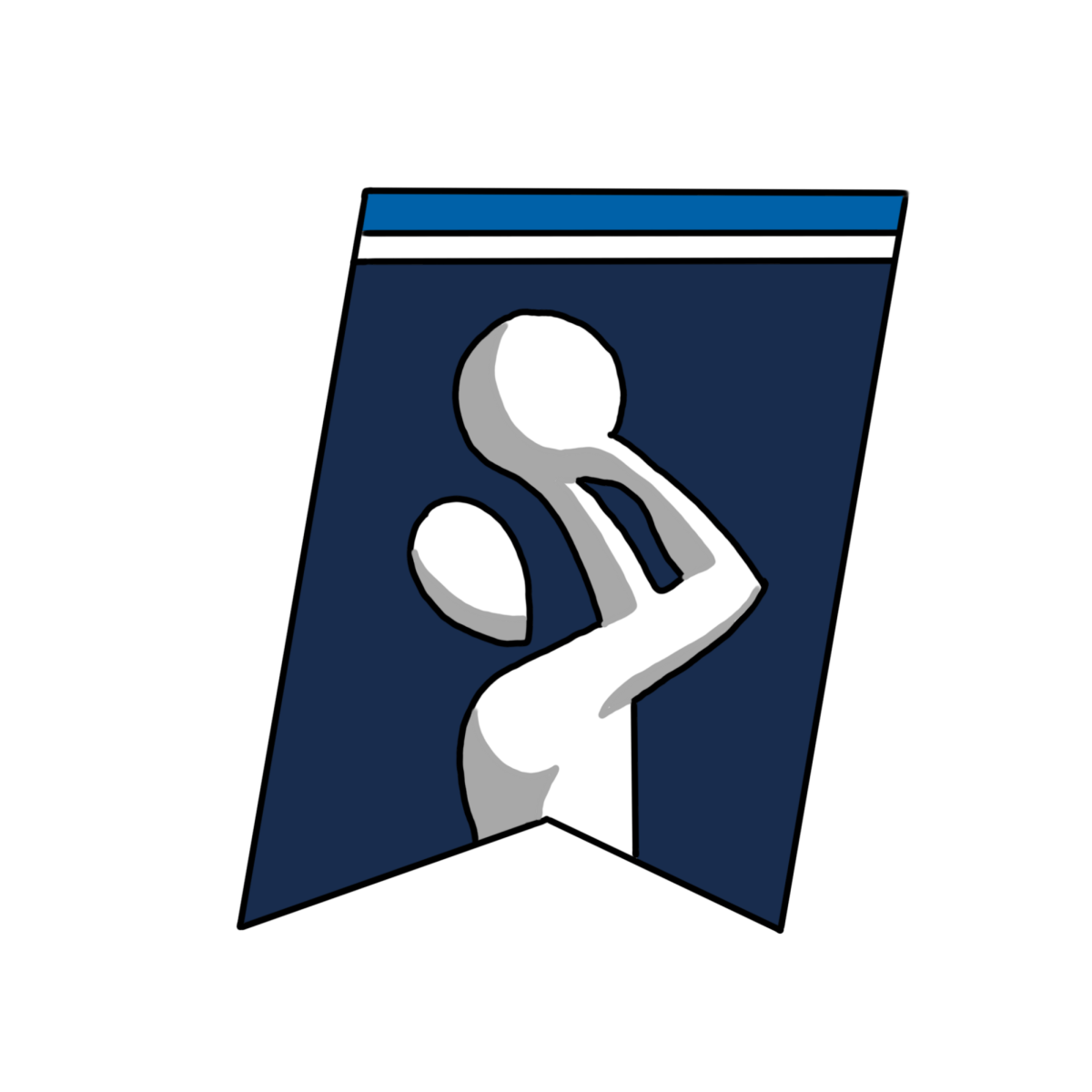



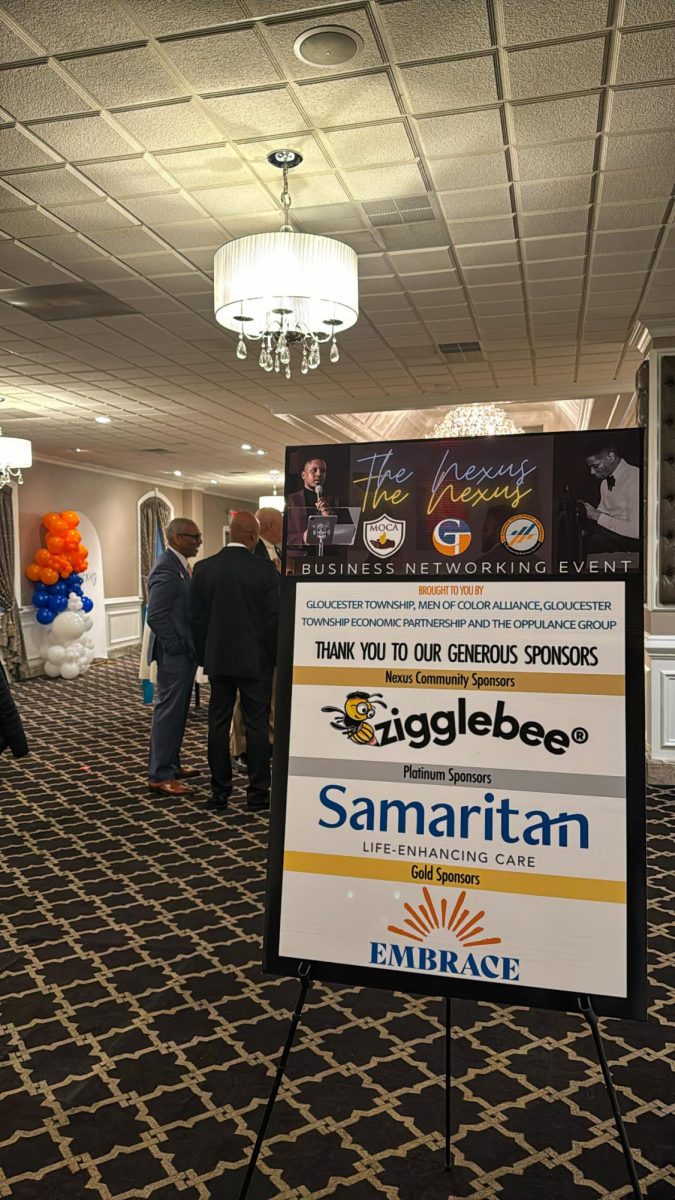
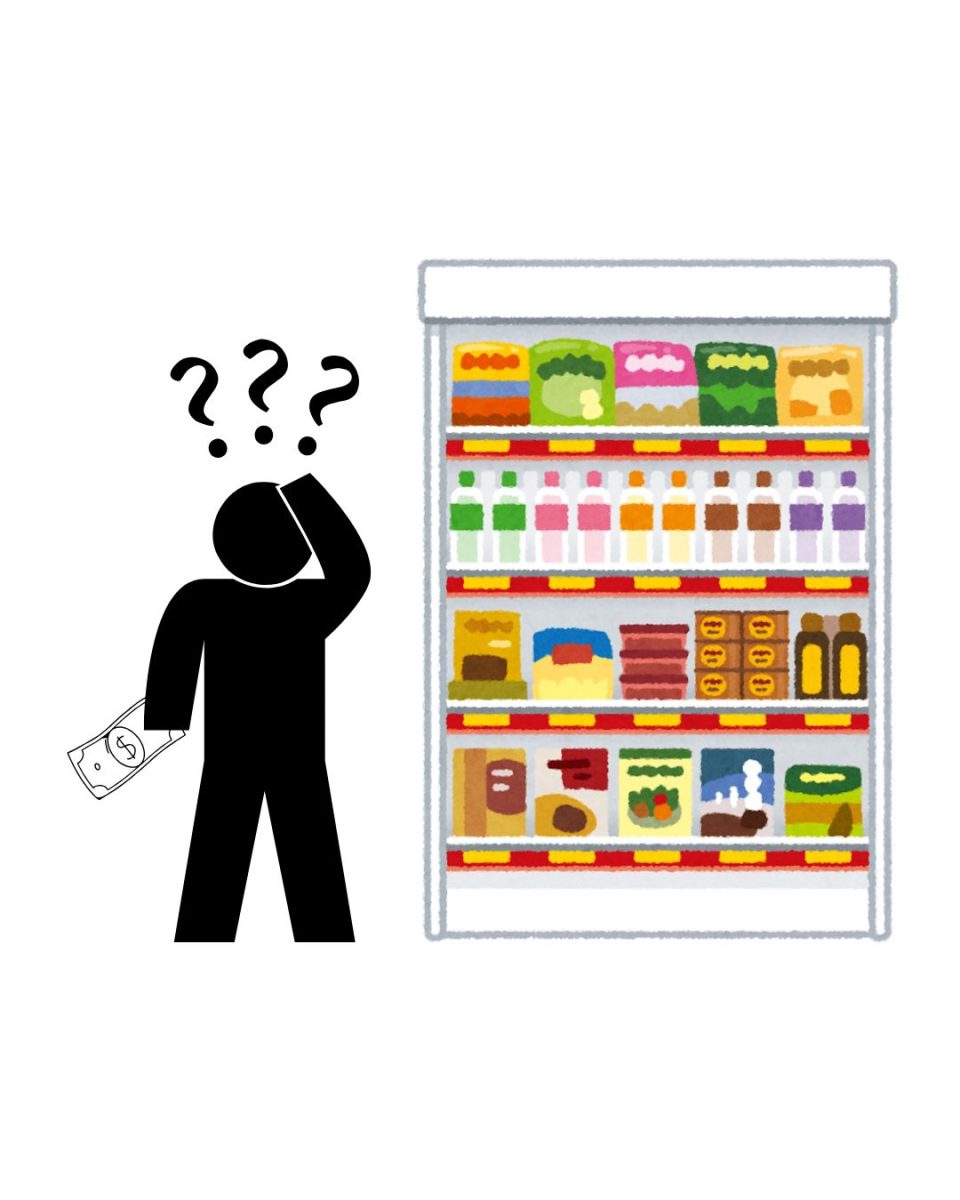







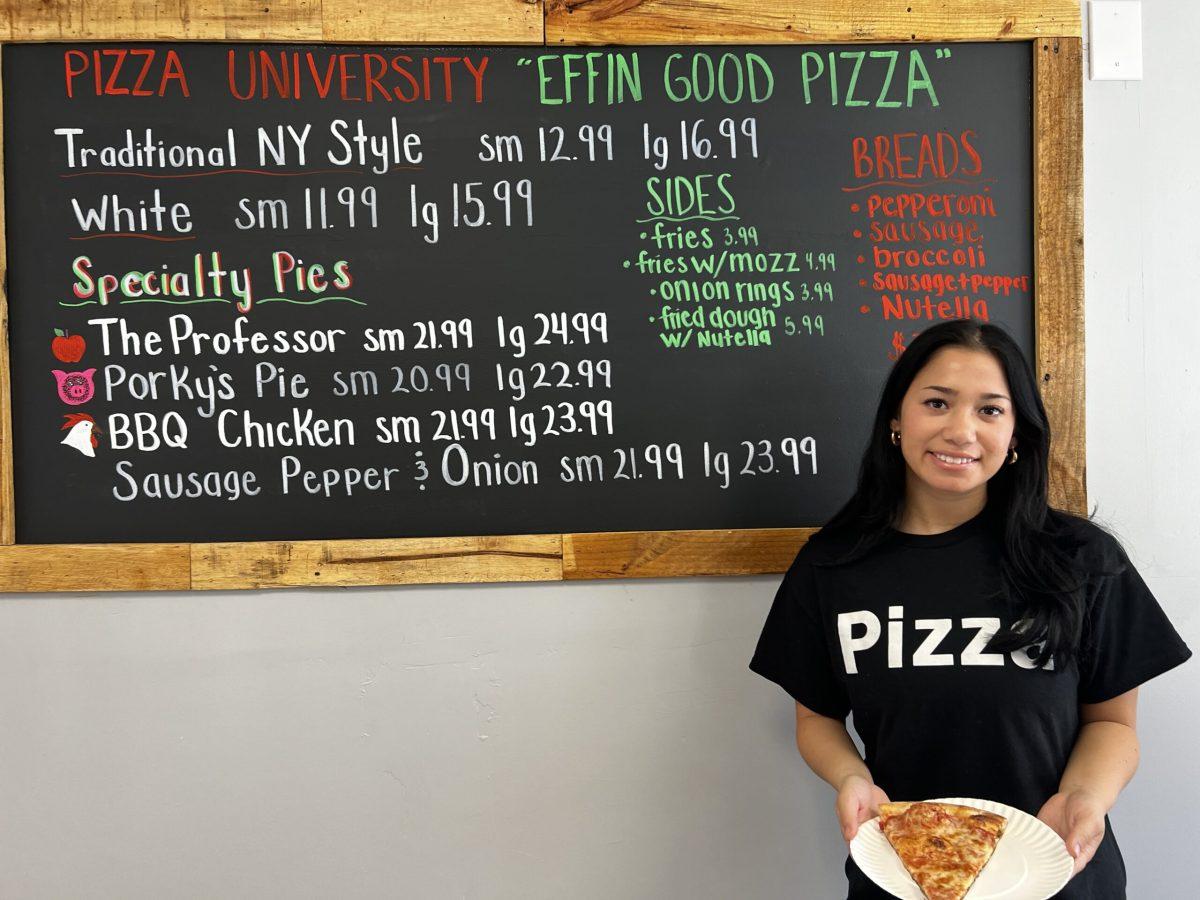









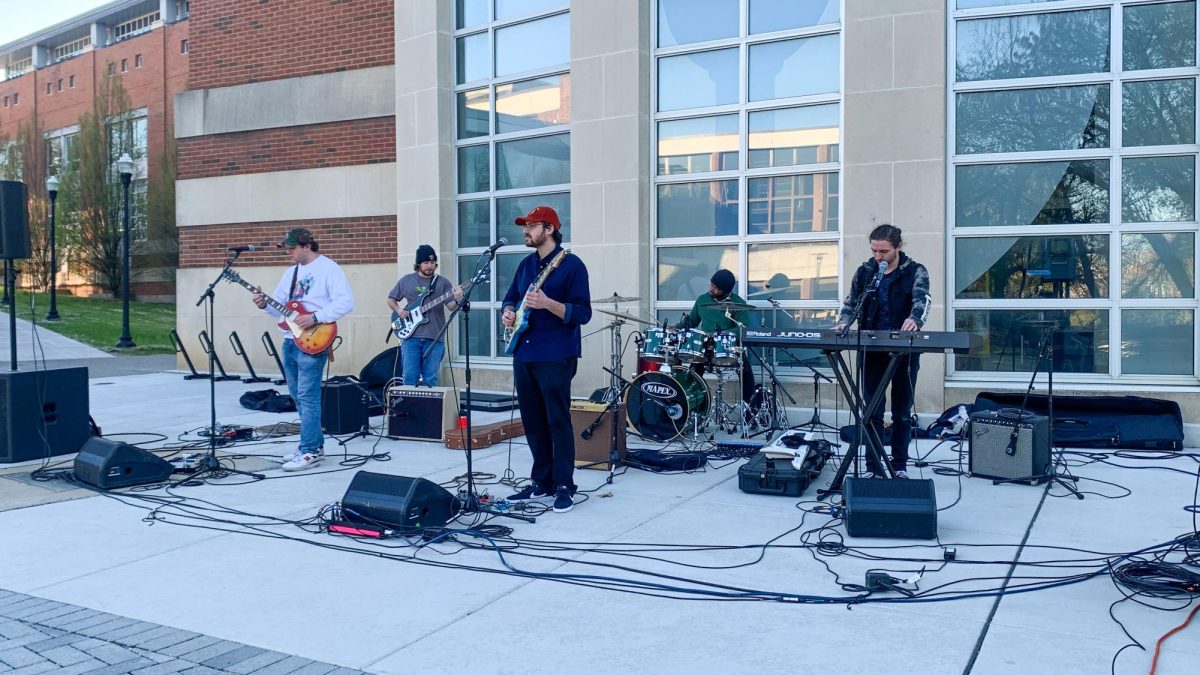

!["Working with [Dr. Lynch] is always a learning experience for me. She is a treasure,” said Thomas. - Staff Writer / Kacie Scibilia](https://thewhitonline.com/wp-content/uploads/2025/04/choir-1-1200x694.jpg)
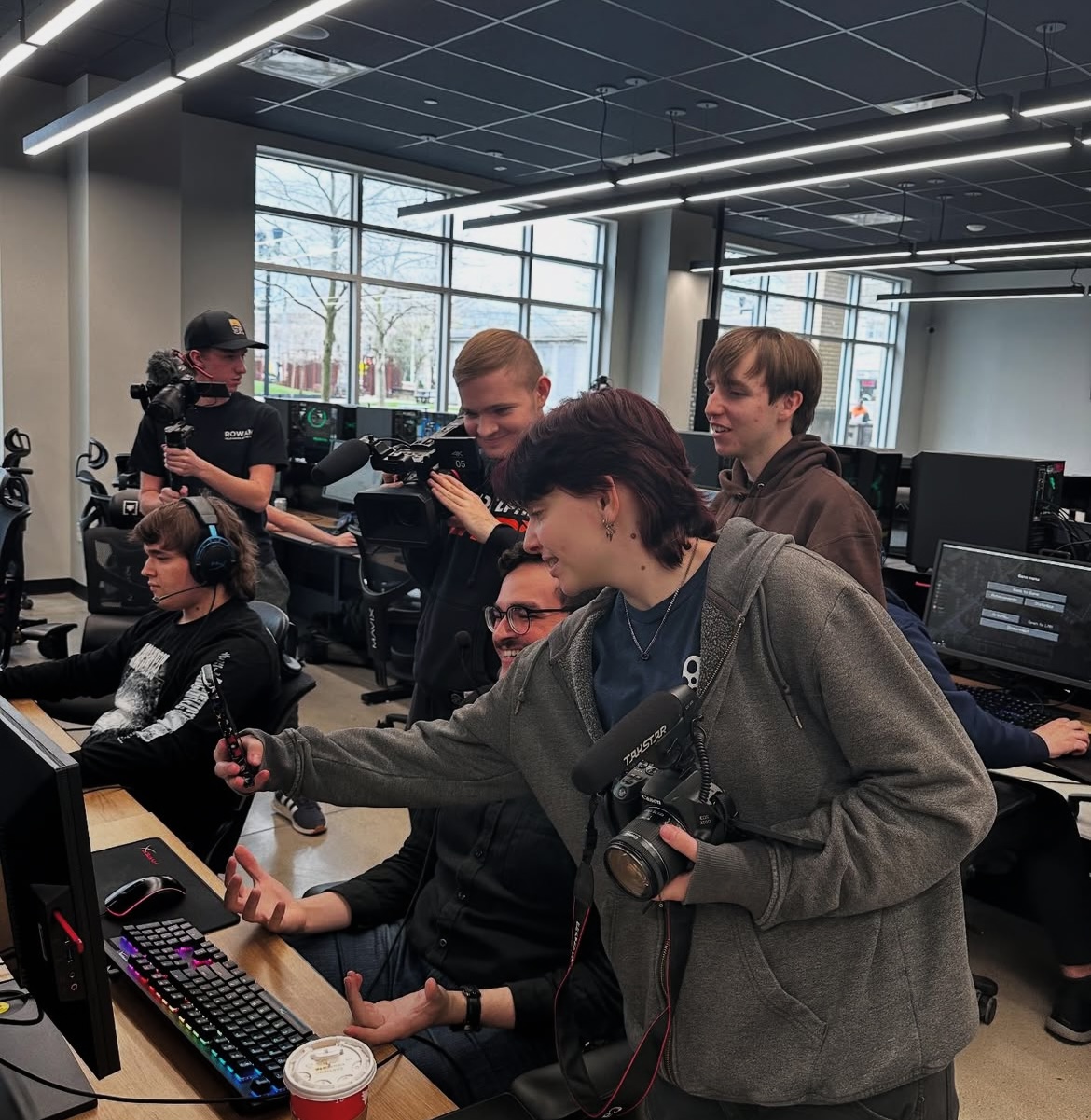







!["Between poems, owner of Words Matter Bookstore and host Keryl Hausmann spoke, saying 'To listen to [poetry] is different than to read it.'" - Graphics Editor / Brendan Cohen](https://thewhitonline.com/wp-content/uploads/2024/11/IMG_0653.png)
